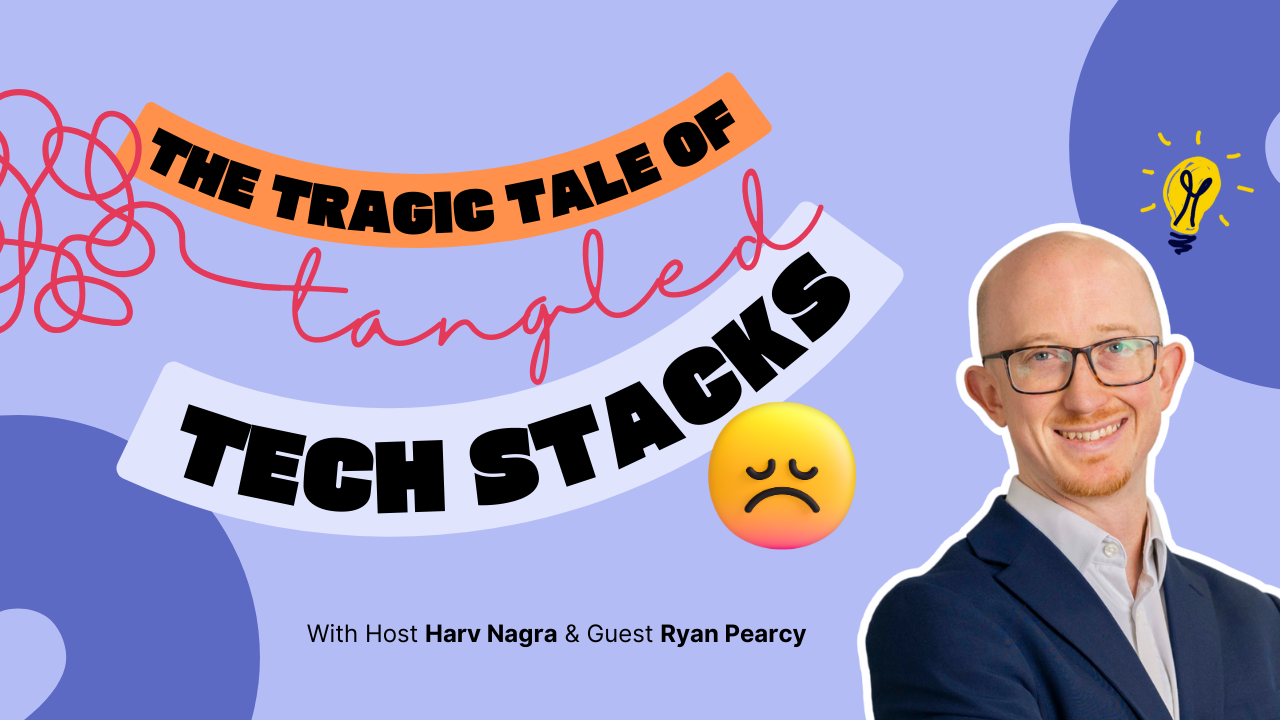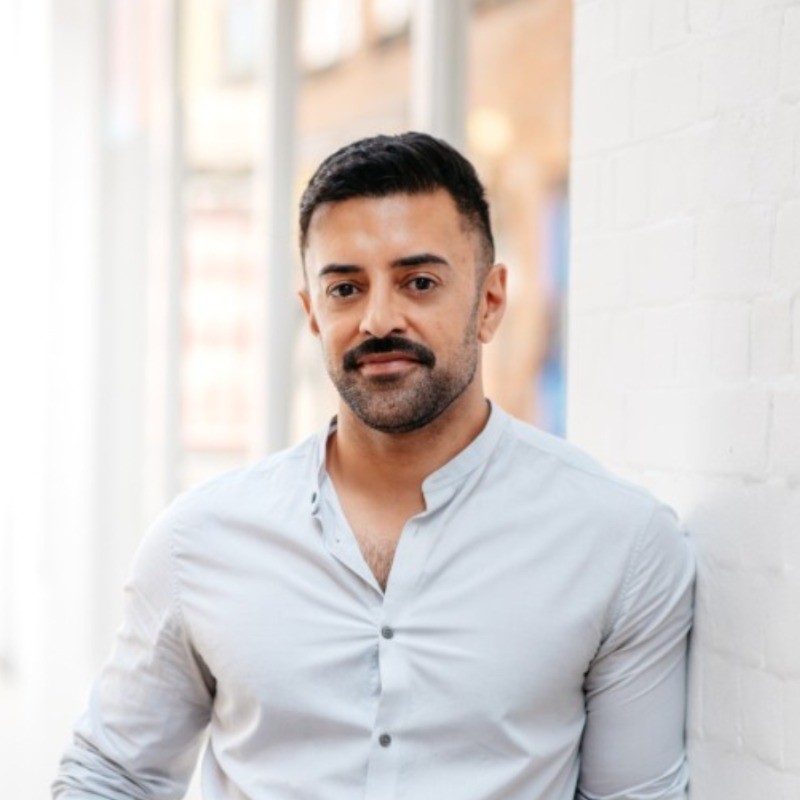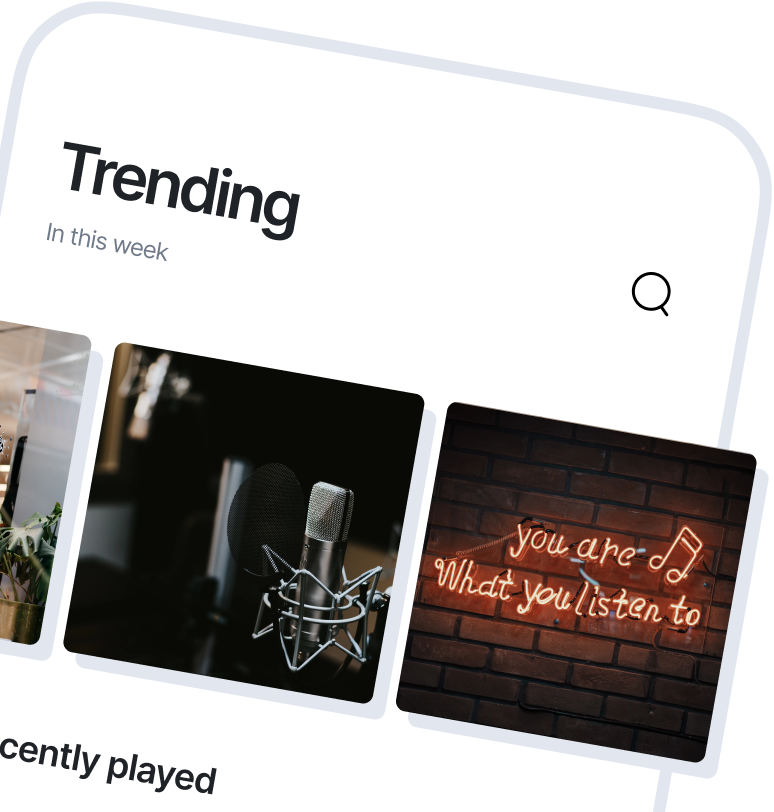Your agency’s operations can either fuel creativity, or kill it.
And you can focus on the big picture that drives real financial impact, or get stuck in the weeds.
Preston Chandler, WPP’s Global Practice Lead of Strategic Operations has a point of view, and the experience to prove it. In fact, Preston’s role at WPP is all about advising agencies in the group on how they can operate in a better, smarter, and more strategic way.
In this conversation, Preston shares how agencies can design their operations to be smarter, leaner, and more effective, without slowing down creativity.
Whether you’re fine-tuning your structure or scaling innovation, this conversation will challenge you to think about how your agency is run—and how to take it to the next level.
Here’s what we dive into:
- Why your agency model (not just your talent) defines your success
- How governance can empower teams instead of creating roadblocks
- The ideal team structure to boost efficiency and collaboration
- Smarter ways of working—moving beyond outdated processes
- Why continuous improvement (not just annual reviews) is the key to long-term growth
Plus, Preston shares insights on AI’s impact on agencies, the pitfalls of hierarchy, and how to make change stick.
Key Takeaways:
- AI will be a massive disruptor – but only for those who don’t adapt. Agencies that integrate AI into their operations can move faster, reduce inefficiencies, and scale smarter. Those that don’t will struggle to keep up.
- Operations should be a strategic driver, not just a support function. Many agencies focus too much on tactical execution when they should be using operations to fuel creativity, remove barriers, and drive sustainable growth.
- Hierarchy doesn’t always help – it often hinders creativity. The more layers of approval an idea goes through, the less creative it becomes. Agencies should focus on empowered teams rather than rigid structures.
- Agencies haven’t significantly changed how they operate in 30 years. Many still use outdated ways of working that stifle innovation. Agencies that adopt leaner, more agile processes will have a competitive edge.
- Agency structures can make or break efficiency. The way an agency is set up – whether it’s a federated model, lead agency, or bespoke structure – has a direct impact on collaboration, profitability, and long-term success.
- Governance should provide alignment, not bureaucracy. Having one empowered leader for a project or client ensures clear direction. When leadership lacks decision-making power, inefficiencies multiply.
- Reshuffling teams for every project kills efficiency. Studies show it takes three to six months for a team to work well together, yet agency projects often last the same amount of time. Keeping dedicated teams intact reduces onboarding time and boosts productivity.
- Long-term client teams outperform short-term project teams. A team that stays together builds deep client knowledge, better collaboration, and faster execution – all of which improve client relationships and campaign outcomes.
- Change management isn’t about slides and emails – it’s about real behavior shifts. Agencies often treat change as a one-time announcement, but real transformation happens through coaching, hands-on support, and continuous iteration to make new ways of working stick.
Additional Resources:
Follow Harv on LinkedIn: https://www.linkedin.com/in/harvnagra/
Stay up to date with regular ops insights. Subscribe to The Handbook: The Operations Newsletter.





